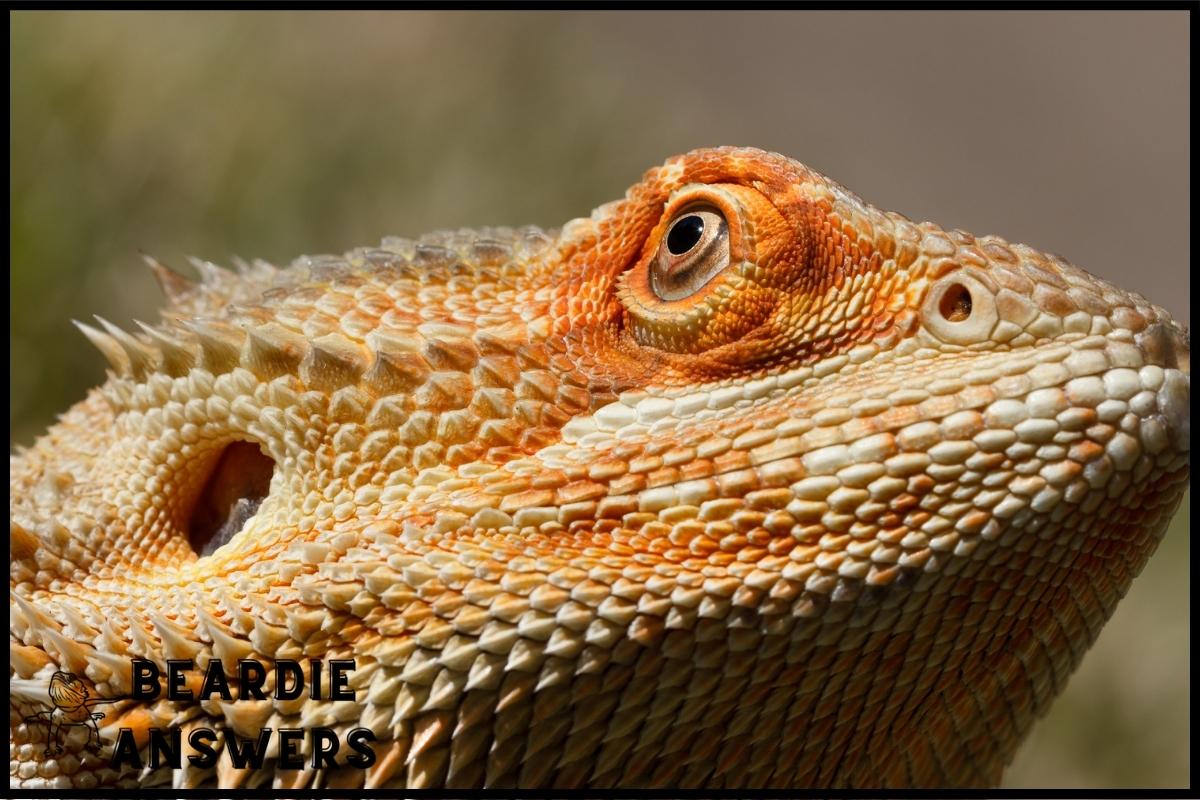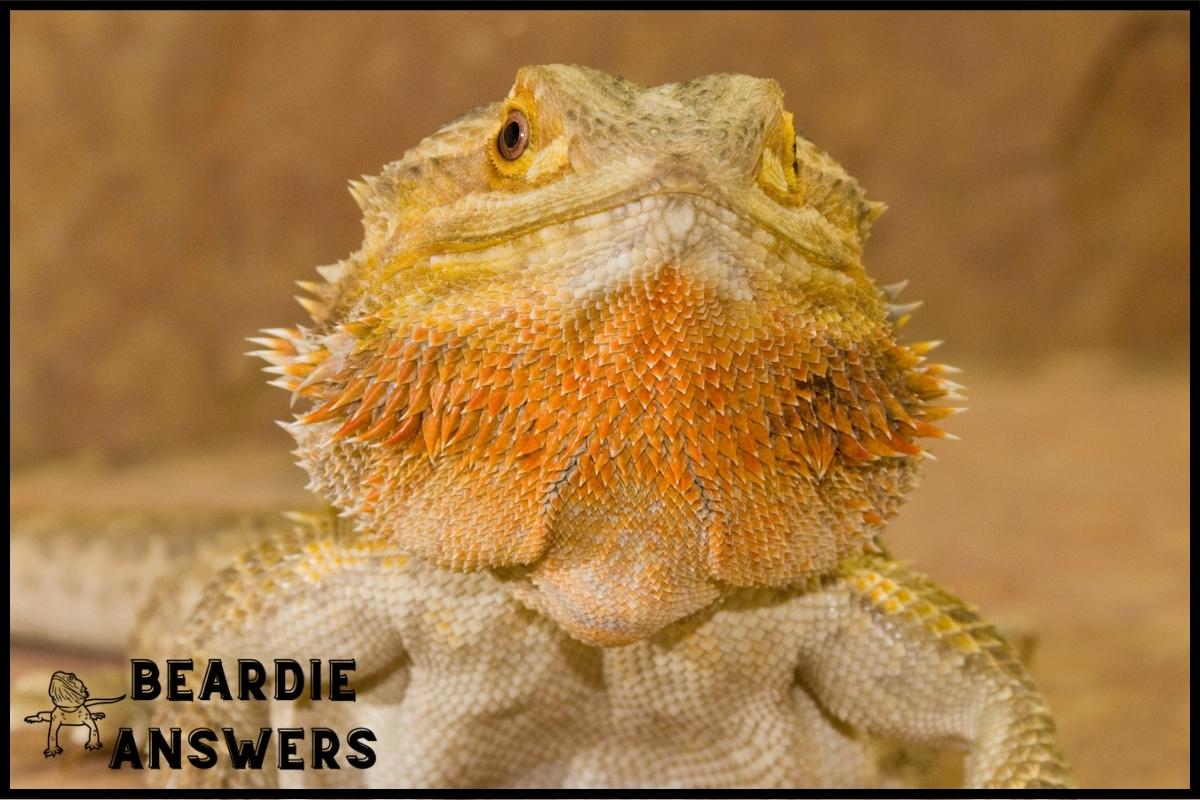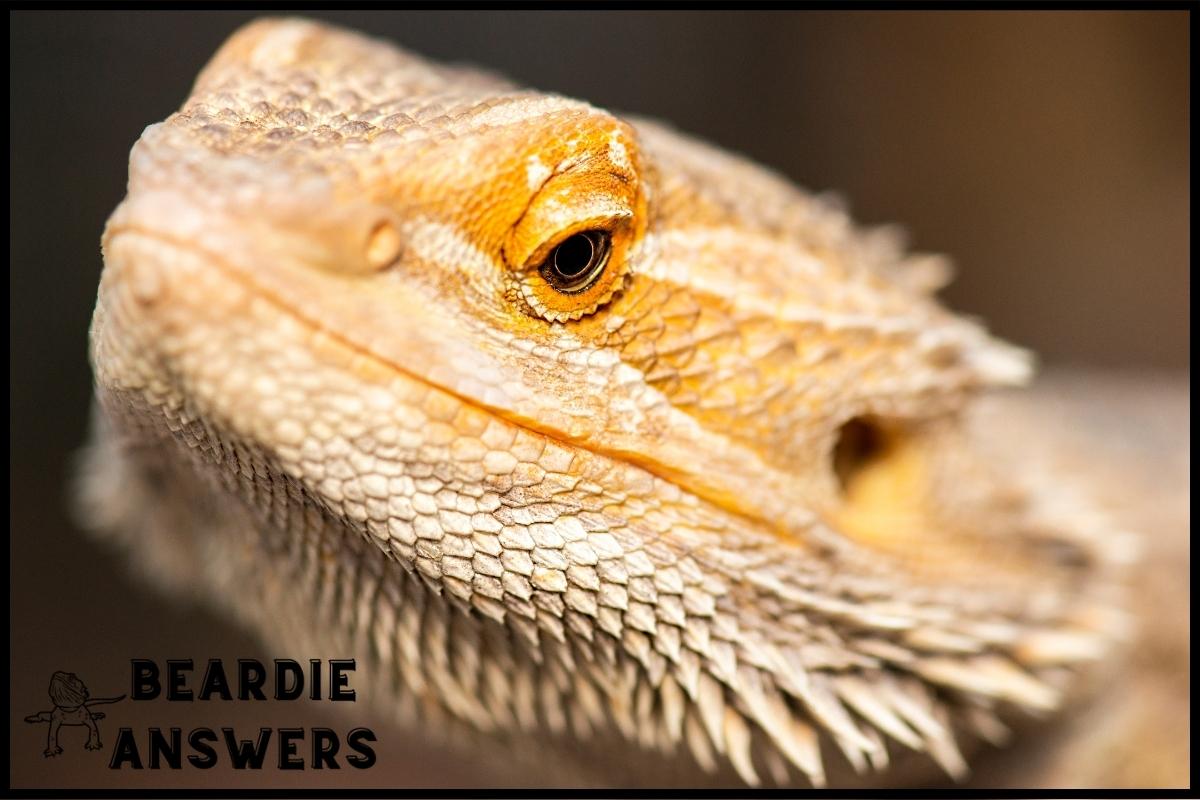Bearded dragons are becoming increasingly popular as pets, and if you’re thinking about getting one, you should know what they require in their tank. We’ll go over the essentials for keeping your bearded dragon happy and healthy.
What You'll Learn
Determine the Correct Tank Size
The proper tank size for your bearded dragon is critical to their health and happiness. An adult bearded dragon’s ideal tank size is 48″ x 24″ x 24″, but the minimum size should be 36″ x 18″ x 18″.
A tank of 20 to 40 gallons is recommended for hatchlings and juveniles. It’s critical to consider your bearded dragon’s size and age when selecting a tank. This will ensure that they have enough room to move around and exercise, as well as the proper temperature range.
Select a Good Substrate
Choosing the proper substrate for your bearded dragon’s cage can be difficult. The first step is to understand the various types of substrates and what to look for.
One of the most popular substrates is sand, but it is highly controversial and should be avoided. Reptile carpet, newspaper or paper towels, and smooth river rocks are better absorbent, non-toxic options for bearded dragons.
Excavator clay is another excellent option for creating tunnels and hills for your bearded dragon to explore.
Make sure the substrate you choose for your bearded dragon’s cage is non-toxic, absorbent, and easy to clean. This will ensure that your pet lives in a safe and healthy environment.
Install a Heating System
Creating an ideal environment for your bearded dragon begins with installing a heating system. You will need to invest in quality lights that provide the appropriate heat and humidity depending on the size of their tank.
An under-tank heater emits gentle heat and is an excellent way to provide heat to your bearded dragon at night without interfering with the reptile’s day and night cycle.
A fluorescent tube light does not have to (and should not have to) run the entire length of the enclosure.
To keep your bearded dragon comfortable, keep an eye on the temperature in their tank throughout the day and night. You can ensure your pet’s safety and comfort by using a thermometer and hygrometer.
Heating System Types
Bearded dragons necessitate a heating system capable of providing and maintaining the proper temperatures for them to thrive.
Ceramic heat emitters (CHE) are the most common type of heat source because they provide even, radiant heat without emitting any light.
Basking lights, under-tank heating mats, and heat bulbs are examples of other heating systems. Each type of heating system has its own set of benefits and drawbacks.
It’s critical to understand the differences between these heating systems in order to select the best one(s) for your bearded dragon’s habitat.
Keeping an Eye on the Temperature in The Tank
Once you’ve installed a heating system in your bearded dragon’s tank, it’s critical to keep an eye on the temperature. To keep track of temperature levels in the basking area and cooler zones, use high-quality thermometers.
A good hygrometer should also be provided to measure humidity levels. Bearded dragons require a high basking temperature and strong UVB to thrive, so increasing the tank temperature with proper bearded dragon lighting equipment (e.g. UV lighting) is critical.
Their basking spot temperature should be between 95-110°F, and their bearded dragon tank temperature should be between 65-75°F at night.
Make sure there is a cooler area at the other end of the tank where the reptile can move around to regulate its body temperature.
Make Adequate Lighting Available
It is critical to provide adequate lighting in your bearded dragon’s tank in addition to a good heating system. The best way to accomplish this is to use UVA and UVB lights in tandem to simulate natural daytime sunlight.
A Mercury Vapor bulb or a ReptiSun light, both of which provide adequate UVA and UVB light, can be used.
Your bearded dragon’s tank should be exposed to these lights for 10-12 hours per day, with no other type of nightlight or lighting used at night.
Choosing the right size UVB lamp is critical for your bearded dragon’s health, as it should cover 2/3 to 3/4 of the enclosure.
Once you’ve installed your lights, keep an eye on the temperature in your tank and make sure it doesn’t drop below 65°F at night.
Include Hides and Shelters
Bearded dragons require plenty of hiding places in their tank to feel secure and comfortable. Hides, caves, and logs are ideal for this purpose because they allow your pet to explore, hide, and even sleep.
Hammocks can also be used to highlight your dragon’s playful personality. In addition to providing a safe haven, these items can be enhanced with artificial plants, rocks, and branches to create a more appealing appearance.
Prepare the Decorations and Plants
Now that you’ve chosen the appropriate tank size, substrate, and heating system, it’s time to add decorations and plants. Based on what we can find in bearded dragon natural habitat, we can conclude that the best terrarium for them in captivity is a desert type environment.
A Basking Rock is one of the most important pieces of furniture you can put in your bearded dragon tank to provide a specific area for your pet to soak up the heat and relax.
Plants suitable for your bearded dragon’s environment include:
- Aloe vera
- Jade plant
- Echeveria
- Red rooster
- Ornamental grass
- Sky plant
- Turtle vine
- Herbs such as oregano, parsley, and rosemary
The maximum height of basking should be six inches above the substrate, and plastic plants are preferable to live plants because they do not shed leaves or bark onto the substrate.
A bearded dragon tank requires the appropriate decor to make the pet feel at ease. You should include rocks, logs, and other items that will make it feel like home.
Make sure to decorate wisely. You can be creative, but choose decorations that will complement your bearded dragon’s habitat.
Keep Things Clean
It is critical to keep your bearded dragon’s tank clean in order to keep them healthy and happy. At least once a week, the tank should be cleaned. Taking out and replacing the solid or loose substrate, wiping down the walls and furniture with a cloth or sponge, and cleaning any decorations or plants are all part of the process. If necessary, a mild solution can be used to disinfect the tank.
Monitor Humidity Levels
Monitoring the humidity levels in your bearded dragon tank is also important after you have set the temperature. To ensure that your bearded dragon habitat closely resembles their natural environment, keep the relative humidity levels between 35 and 40%. Anything above 50-60% is too high for a bearded dragon’s habitat and can cause health issues like shedding. Check the humidity levels in your pet’s tank during the day and at night to ensure that they remain between 30-40% and 55%, respectively.
Key Points
- The proper tank size for an adult bearded dragon is 48″ x 24″ x 24″, but the minimum size should be 36″ x 18″ x 18″.
- It’s important to consider your bearded dragon’s size and age when selecting a tank, to ensure they have enough room to move around and exercise, as well as the proper temperature range.
- Substrates such as reptile carpet, newspaper or paper towels, and smooth river rocks are better options for bearded dragons as they are non-toxic and absorbent. Avoid using sand as a substrate.
- A heating system is necessary to create an ideal environment for your bearded dragon. Invest in lights that provide appropriate heat and humidity depending on the size of the tank, and monitor temperature and humidity levels with thermometers and hygrometers.
- Adequate lighting, simulating natural daylight, should also be provided in the tank using UVB and UVA lights.

Hi! My name is Bryan, I am the “one behind the words” here are BeardieAnswers.com. I believe that providing quality care and nutrition is the best way to ensure the health of your pet. Every beardie is special and deserves the best care and attention. If you have questions about your bearded dragon, please don’t hesitate to ask! View My Full Author Page




